“Hot melt Adhesive/Glue” has been added to your cart. View cart
“Nicotinamide” has been added to your cart. View cart
Reviews (0)
Be the first to review “L-Glutathione Reduced” Cancel reply
Shipping & Delivery
Related products
African Potato Extract
Potato extract is a concentrated solution made from potatoes through a process that involves crushing, grinding, and filtering. It typically contains a range of nutrients found in potatoes, such as vitamins, minerals, and antioxidants, as well as other compounds that are unique to potatoes. Potato extract is commonly used in the food industry as a natural ingredient to enhance flavor, texture, and nutritional value of various products. It is also used in the cosmetic industry for its skin-soothing and anti-aging properties.
Alpha Arbutin
KSh0.01
Alpha arbutin is a synthetic compound derived from the natural substance called hydroquinone. It is a skin-brightening agent and a type of skin lightening ingredient commonly used in cosmetic and skincare products. Alpha arbutin works by inhibiting the activity of the enzyme tyrosinase, which is involved in the production of melanin, the pigment responsible for skin color. By reducing melanin production, alpha arbutin helps to fade and prevent the formation of dark spots, hyperpigmentation, and uneven skin tone. It is considered a safer alternative to hydroquinone, as it exhibits similar skin-lightening effects with lower risks of potential side effects.
Potassium iodide
Active Pharmaceuticals Ingredients, Analytical Reagents, Nutrient Supplements, Photographic Chemicals
Powder Sodium Mono Fluoro Phosphate [Na2PO3F]
Sodium monofluorophosphate (Na₂PO₃F), commonly abbreviated as SMFP, is a compound used in dental care products, particularly toothpaste, for its anti-cavity properties. Here are some key points about it:
- Chemical Composition:
- Formula: Na₂PO₃F
- Molar Mass: 143.95 g/mol
- Appearance: White, odorless powder
Sodium Iodide 100gm
Active Pharmaceuticals Ingredients, Analytical Reagents, Disinfectants and Biocides, Microbiology and Cell Culture Reagents
Sodium iodide is a chemical compound with the formula NaI. It appears as a white, crystalline solid and is highly soluble in water. Sodium iodide is often used in medical imaging as a tracer, in the manufacture of iodine-containing compounds, and in certain laboratory applications. It can also be used as a dietary supplement to prevent iodine deficiency. In its pure form, it's generally considered safe, but it should be handled with care to avoid ingestion or inhalation of dust.
Sodium Nitrite 500gm
Sodium nitrite (NaNO2) is an inorganic compound composed of sodium and nitrite ions. It appears as a white to slightly yellowish crystalline powder and is highly soluble in water. Sodium nitrite is commonly used as a food preservative and color fixative in meats and fish, as it inhibits the growth of bacteria and maintains the red-pink color of cured products. In addition to its use in the food industry, sodium nitrite serves various roles in industrial processes, such as in the manufacturing of dyes, rubber chemicals, and pharmaceuticals. It also finds applications in wastewater treatment and corrosion inhibition. However, sodium nitrite must be handled with care due to its toxic and potentially carcinogenic properties when ingested in large quantities.
Trypsin 100gm
Trypsin is an enzyme that plays a crucial role in digestion. It belongs to a class of enzymes called proteases, which break down proteins into smaller peptides and amino acids. Trypsin is produced in the pancreas as an inactive precursor called trypsinogen, which is then activated in the small intestine by another enzyme called enterokinase.
Once activated, trypsin catalyzes the hydrolysis of peptide bonds in proteins, specifically targeting the carboxyl side of the amino acids lysine and arginine. This process is essential for the digestion of proteins into smaller peptides and amino acids, which can be absorbed by the intestines for nutrient uptake.
Trypsin is also used widely in biochemical research and biotechnology, particularly in protein analysis and manipulation. Its ability to selectively cleave peptide bonds makes it a valuable tool for studying protein structure and function.

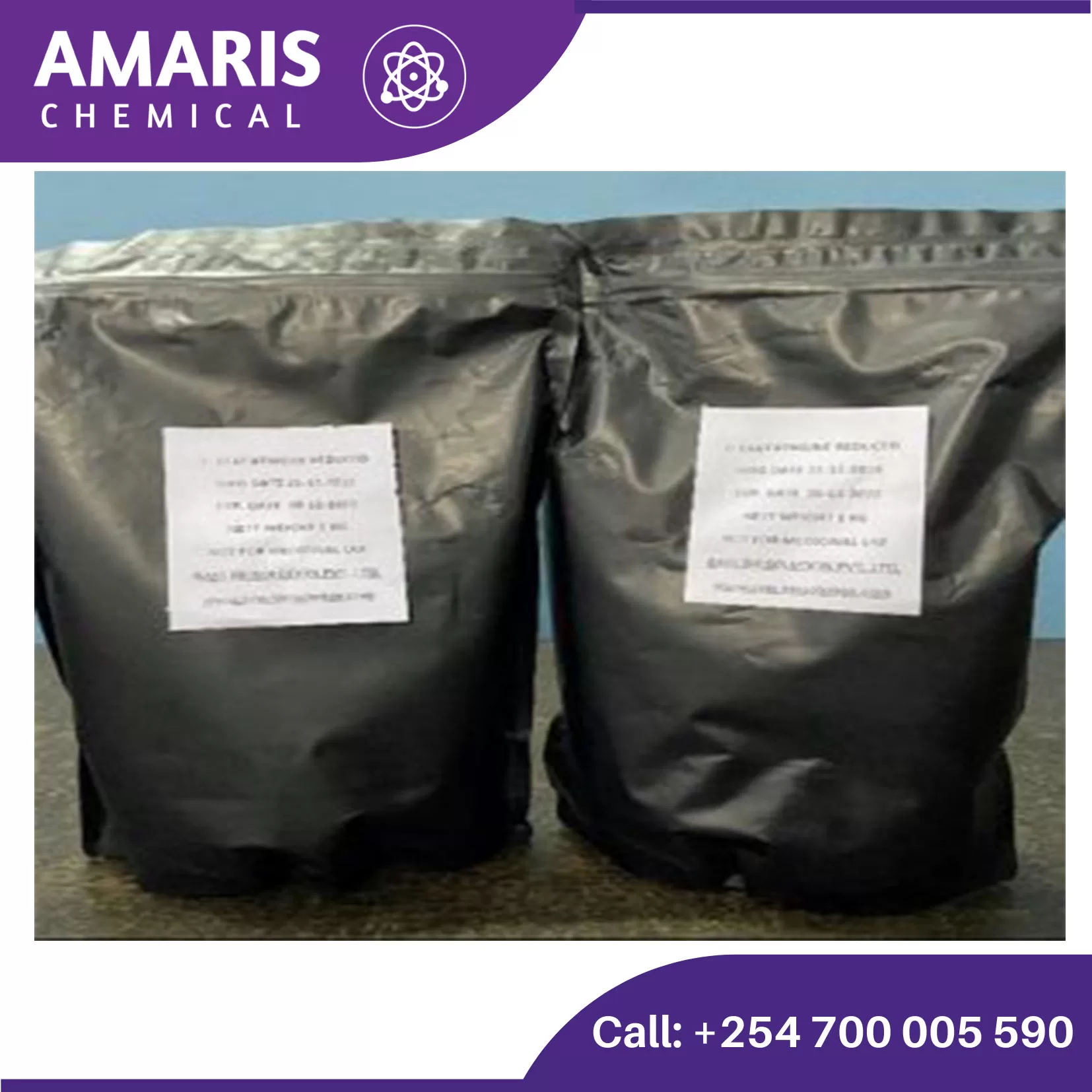
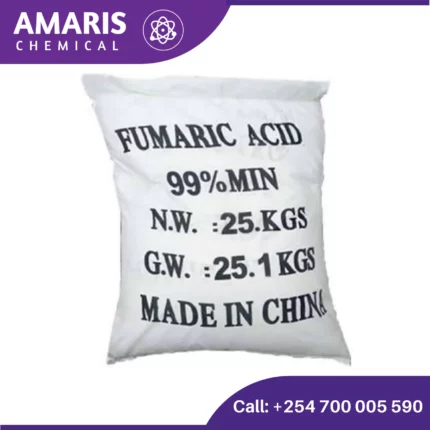
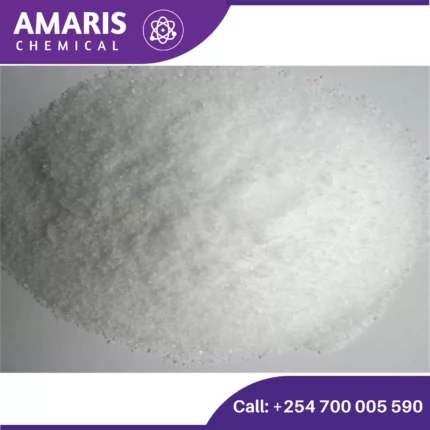

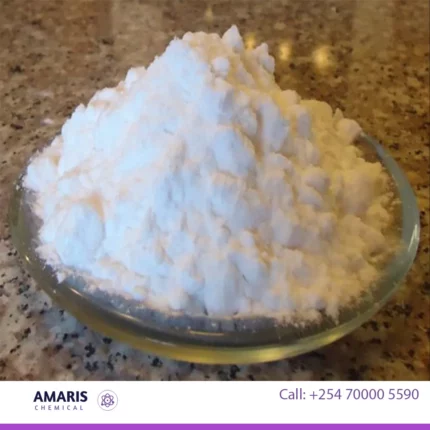
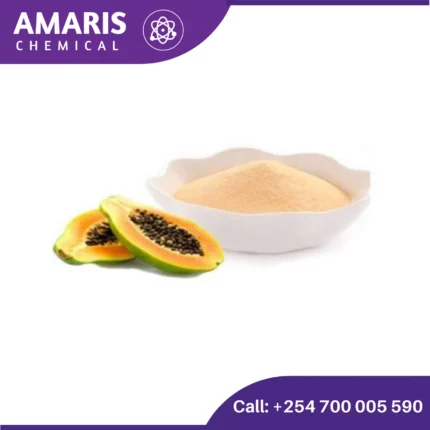

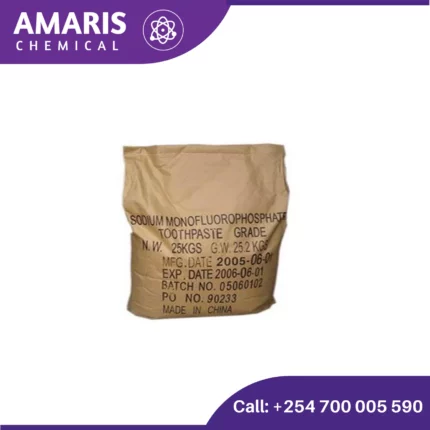
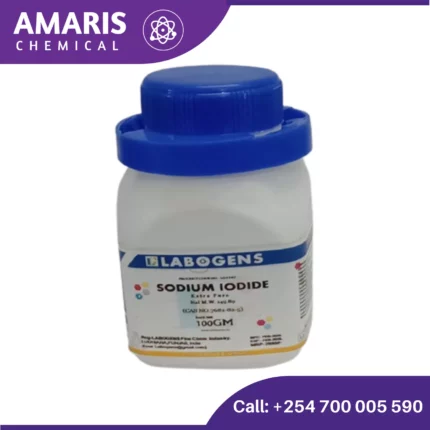
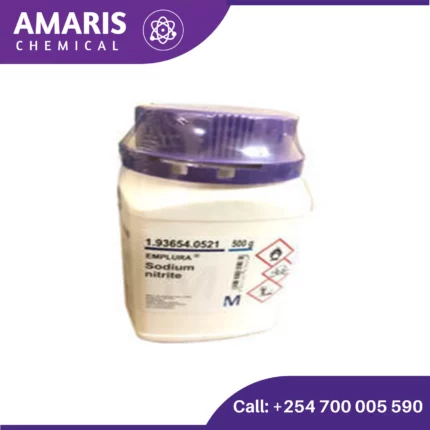








Reviews
There are no reviews yet.